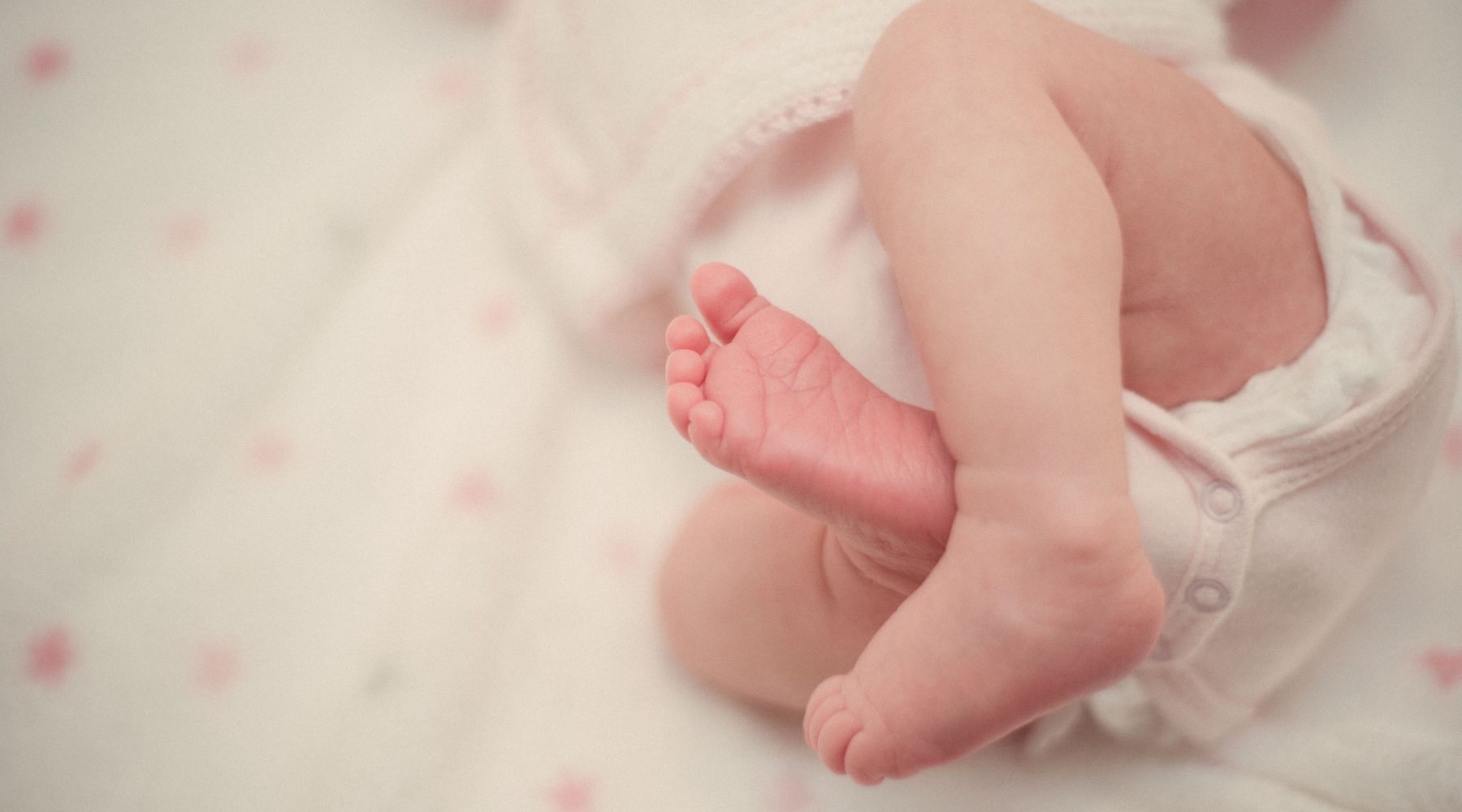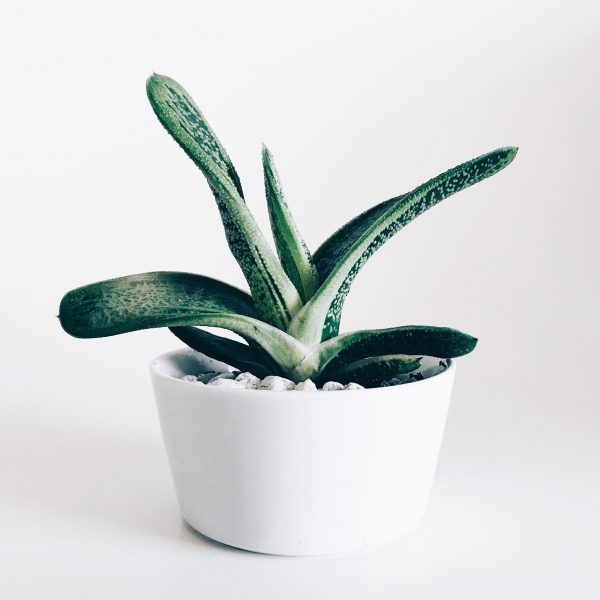6,500 nappies generating one tonne of plastic waste per child

One disposable nappy takes 500 years to decompose. Each child will use, on average, 6,500 nappies across the time before they use the toilet consistently. Those 6,500 nappies will generate one tonne of plastic waste.
Statistics and figures such as these have led early childhood education and care (ECEC) educators in the UK to join parents and MPs in lobbying efforts designed to gather support for the Nappies (Environmental Standards) Bill, which aims to reduce single-use plastics in disposable nappies and cut costs for local government and parents.
The Bill, sponsored by Scottish politician David Linden, seeks to establish an industry and Government-led campaign to promote reusable nappies that meet environmental standards, and ensure that manufacturers cannot make false ‘eco-friendly’ claims. Given that biodegradable disposable nappies are considered to use the same amount of limited raw materials and energy to produce as their non-biodegradable counterparts, their ‘eco friendliness’ has been questioned.
Should it be successful, the Bill will also incentivise local authorities to roll out reusable nappy voucher schemes to reduce disposable nappy waste.
UK website, Day Nurseries, has reported on the Bill, noting that the call to action coincides with the sustainable childcare charity GECCO’s Real Nappy campaign which is offering free cloth, reusable nappies to nursery staff to encourage parents to reject disposables.
Speaking with Day Nurseries, Chairman of the GECCO Board, Cheryl Hadland, said a behavioural change away from single use nappies was required.
“Every child has about 6,500 nappy changes, generating 1 tonne of plastic waste each. Damage is caused by nappies disintegrating into the environment, forming microplastics which can maim and kill fish, mammals and birds, and filter into the food chain for humans,” Ms Hadland said.
“It costs around three times the cost of a disposable nappy to get rid of it and unfortunately most go to landfill. Using just one reusable nappy a day for three months will stop around 90 single-use nappies being thrown away,” she told Day Nurseries.
For Australian ECEC services considering making the switch away from single use nappies, the following advice has been prepared by the Australian Nappy Association.
Policy Considerations
The key policy resources for considering laundering nappies in ECEC are the Australian Laundry Standards and the services individual Toileting Policy which, in summary, are likely to say the following:
- Reusable nappies require both washing and sanitation – meaning you need to thermally or chemically sanitise the nappies.
- Reusable nappies are sealed in transit – meaning that you have dedicated bins lined with an appropriate liner (that can be closed when removed from the bin) and a secure lid.
- Hand sanitation guidelines are met and the sanitation of the bins and entry lips of machines are also cleaned after filling the machine before emptying the machine.
- Bacteria and pH tests must take place regularly
Capacity and capability
Providers will need to find the best cloth nappy option for their circumstances, staff and the growth rate of enrolled children. Washing for 10 children in full-time reusable nappies is very different to washing for 150.
If a service will be purchasing and providing their own cloth nappies, they will need to think about the lifespan of the nappy and if it can easily be repaired, the sizing and fit for the children growth stages for the ages enrolled.
Hygiene and maintenance
For cloth nappies to meet the necessary bacteria and pH tests to meet hygiene standards, they need to be thermally or chemically sanitised. Services should think about the cost of storage, chemicals and operating run costs. Where possible, thermal sterilisation reduces cost of chemicals and the ability to recycle the water or not. If services have solar power, this can greatly reduce the energy costs.
Time, energy and space
A key thing to note: medical grade washing is completed through a multi stage wash cycle – this takes time. If the existing washing machine is small and already in heavy use, services will need to think about how many children’s nappies can realistically be handled and if there is room for an extra washing machine and dryer and the size and space to accommodate this.
A typical wash/dry cycle will take 2 1/2 hours including sorting and quality checks. Depending on the nappy fabric this can take longer eg bamboo takes longer to dry. In warmer climates this won’t be such an issue but in cooler climates this can mean a larger investment in the number of reusable nappies due to longer time to dry (services may need to purchase an extra days worth of nappies) or higher energy costs.
Supply
There may be a local nappy wash company, should services want to outsource the supply and/or washing of cloth nappies, and if not, check with local hospitals and other healthcare operations, as some get supplied baby linen and cloth nappies, with the washing all done to the Laundry Standards. Services may be able to use the same service or look for a specialist nappy wash operator – there is a list located on the Australian Nappy Association website.
Should services wish to manage the washing and management of reusable nappies in house, a local cloth nappy supplier will be able to take the service through the different options available – from modern cloth nappies to prefold or terry flats and covers. Service providers who are interested in exploring this option are encouraged to contact a local nappy supplier or local rent and wash company for starter options.
Costs
The cost per nappy can range from $0.38 – $0.78 depending on whether a nappy is purchase and washed by the ECEC service, or if this is handled by one of the laundry services mentioned above.
In seeking quotes from a wash service, services are encouraged to bear in mind they are paying for rental, pick up – drop off, wash (14 cycle) dry, sort, pack, liners for the bins, and some supply bins.
A spokesperson for the Australian Nappy Association said “There will be a clear winner for your business; either the capex (buy the asset and depreciate) or opex for your business and every business is different.What ever you decide – there is one thing that having cloth in childcare does reduce the cost of, and that is the cost to the environment.”
Popular

Quality
Practice
Provider
Research
Workforce
Honouring the quiet magic of early childhood
2025-07-11 09:15:00
by Fiona Alston

Workforce
Policy
Quality
Practice
Provider
Research
The silent oath: Why child protection is personal for every educator
2025-07-17 09:00:31
by Fiona Alston

Practice
Provider
Quality
Research
Embedding cultural safety and responsiveness to strengthen belonging in early childhood education
2025-07-14 13:21:23
by Contributed Content











